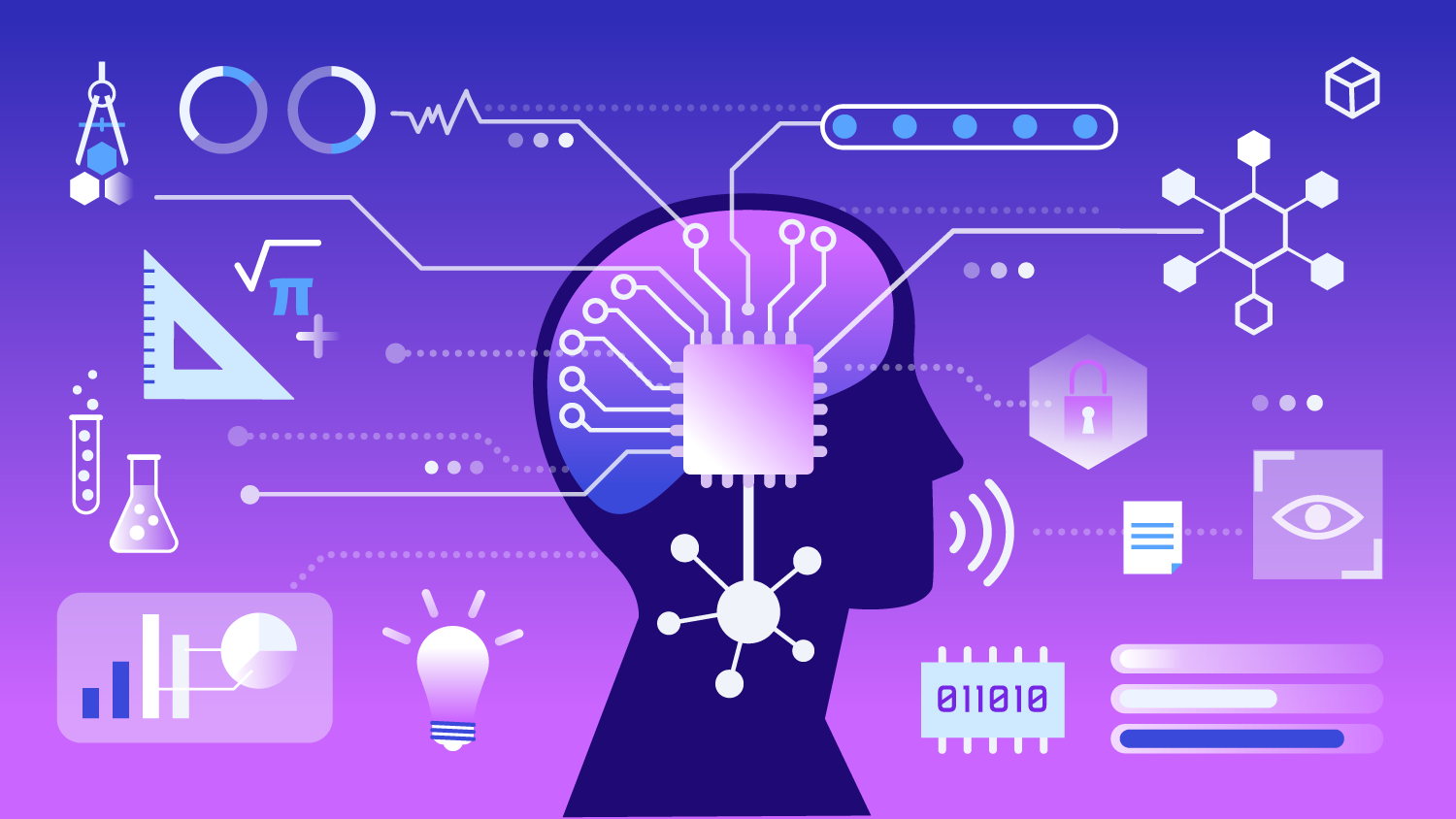The Significance of the Turing Test: A New Era for AI
The Turing Test remains a defining benchmark for artificial intelligence (AI) and human-machine interaction. This exploration delves into the implications of machine intelligence that can pass such tests, highlighting key insights into both human cognition and artificial capabilities.
Key Highlights:
-
Human-Level Intelligence: The Turing Test assesses whether an AI can convincingly emulate human language and thought processes. As AI evolves, its capability to engage in human-like discourse will expand, aligning closer with our emotional nuances.
-
Narrow vs. Broad AI: Present AI showcases narrow intelligence in specific fields (e.g., chess, diagnostics). However, achieving broad intelligence, which encompasses general human reasoning and emotional richness, poses a more profound challenge.
-
Exponential Growth: The dual growth of hardware and software capabilities suggests a future where machines can not only match but exceed human cognitive functions within decades.
As we venture deeper into the complexities of consciousness and emotion within AI, the Turing Test serves as both a challenge and a guide.
Join the conversation on this pivotal shift in AI. How do you envision the future of intelligent machines? Share your thoughts!
